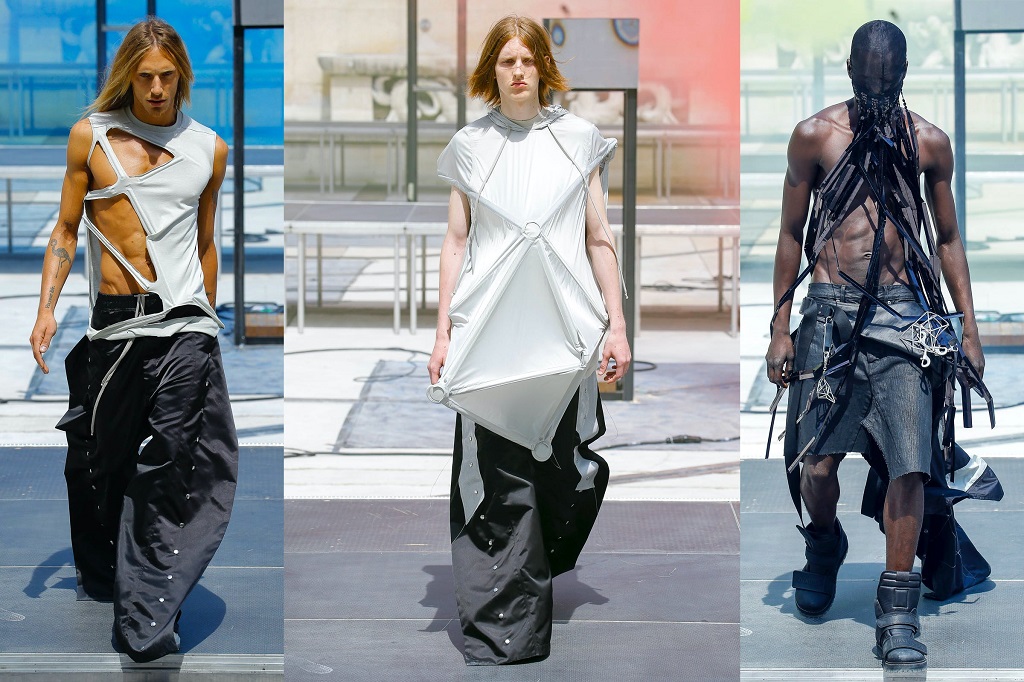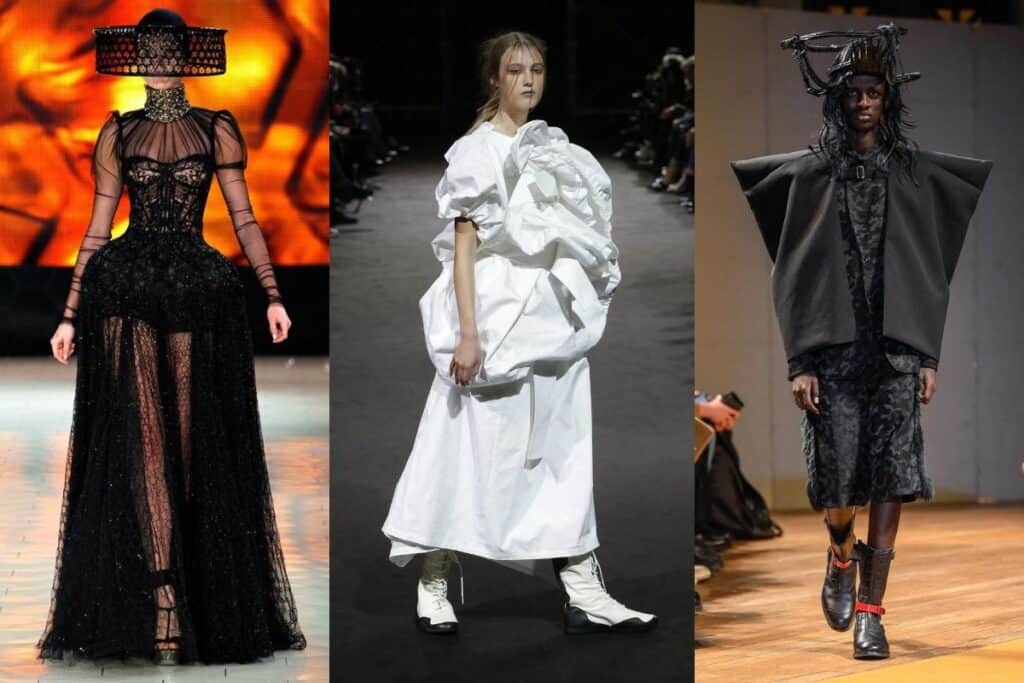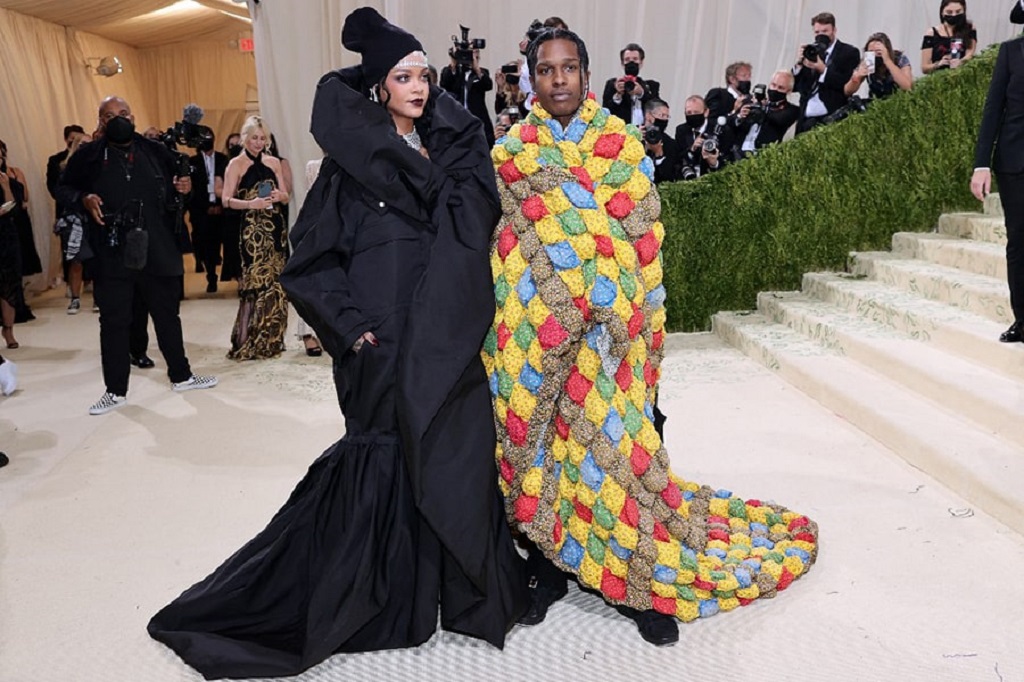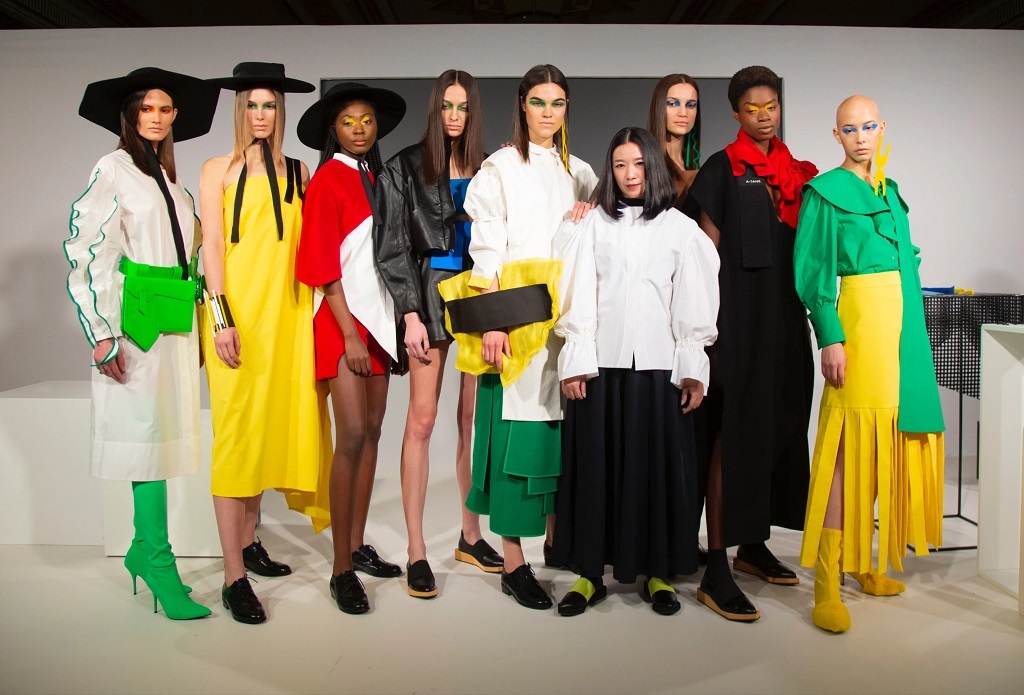
Avant-garde fashion refers to boundary-pushing, experimental designs that challenge conventional ideas about what clothing should look like and how it should be worn. Often incorporating unexpected shapes, exaggerated proportions, and innovative fabrics, avant-garde fashion is all about breaking the rules and redefining the very notion of wearable art.
The Origins of Avant-Garde Fashion

“avant-garde” comes from a French phrase meaning “advance guard” or vanguard. It was originally a military term referring to the division that goes ahead of the main army to explore uncharted terrain. This spirit of trailblazing discovery was later applied to experimental movements in art, music, literature, and fashion.
Some of the earliest examples of avant garde fashion emerged in the late 19th and early 20th centuries alongside other modern art movements like Cubism, Futurism, and Surrealism. Couturiers like Paul Poiret, Mariano Fortuny, and Elsa Schiaparelli incorporated abstract shapes and unconventional silhouettes inspired by fine art into their designs.
The avant garde approach stood in stark contrast to the prim conformity of Victorian fashion. It was about creativity and self-expression rather than simply looking “pretty.” These early pioneers set the stage for even bolder experimentation in decades to come.
The Avant Garde Takes Hold

In the 1960s and ’70s, avant garde fashion exploded into the mainstream. Young people were rebelling against traditional social norms, and fashion reflected this cultural upheaval. Designers like Mary Quant, Paco Rabanne, Andre Courreges, and Pierre Cardin created futuristic “space age” looks using materials like plastic and metal.
Meanwhile, Yves Saint Laurent took inspiration from fine art with collections like his famous Mondrian dress in 1965. And hippie style brought handcrafted, bohemian whimsy to the avant garde movement. Other boundary-pushing designers of this era included Rudi Gernreich, Muriel King, and Stella Sloat.
But no one pushed the avant garde further than the enigmatic Japanese designer Issey Miyake. He said, “Designing clothing means bringing form and function in harmony with the human body and the clothes must be comfortable to wear.” Miyake pioneered use of technology and newly invented fabrics like pleats, stretch, and metallic finishes to create clothing forms never seen before.
The Avant Garde Identity

By the 1980s and ’90s, avant garde fashion had developed its own distinct aesthetic. Common characteristics included:
- Unusual shapes and silhouettes – blob-like forms, extreme volumes, flattened shapes
- Asymmetries – lopsided or imbalanced constructions
- Over-the-top details – ruffles, bows, zippers, shimmery finishes
- Mixed media – combining canvas, plastic, metal with fabric
- Fragmented look – shredded, deconstructed appearance
- All-black palette – monochromatic, moody color schemes
Notable avant garde designers from this period included Rei Kawakubo (Comme des Garçons), Yohji Yamamoto, Maison Margiela, Ann Demeulemeester, Alexander McQueen, Hussein Chalayan, and Junya Watanabe.
Kawakubo said of her work, “For something to be avant garde, you have to move ahead.” She epitomized the avant garde ethos, repeatedly challenging every concept of beauty, femininity,technical construction, and functionality in clothing.
Avant Garde Goes High Fashion
By the 2000s, the once shockingly experimental had begun filtering into luxury fashion houses. Designers applied shapes, fabric treatments, and detailing in subtle ways rather than outrageous costumes.
Some high end brands leading the refined look included Viktor & Rolf, Gareth Pugh, Rick Owens, Rodarte, Proenza Schouler, and Thom Browne. Their creations featured structured shapes, dark elegance, sculptural tailoring, and a brooding romanticism.
Elements of punk, Goth, and streetwear also continued influencing designs by labels like Jun Takahashi’s cult label Undercover. With its reconstruction and graffiti-like touches merged with historic Japanese textiles, Undercover typifies today’s
Avant Garde in the Instagram Age

In recent years, fashion has entered yet another iteration – dramatic conceptual creations made specifically for social media. The digital age embraces intense experimentation thanks to CGI, 3D printing, led light-up fabrics, and more.
Designers creating bold statement pieces for Instagram include Iris van Herpen, Comme des Garçons’ Rei Kawakubo, Jeremy Scott, Christian Cowan, and Alexander McQueen’s Sarah Burton. Many collaborate with artists, architects, and engineers, fusing technology with couture.
A key example is van Herpen’s visually arresting biomechanoid styles made using futuristic methods like laser cutting and magnetically sculpted polymers. These creations generate intense interest online while upholding the mandate to push boundaries ever further.
Notable Avant Garde Designers: Past and Present
While fashion is always emerging in new forms, some designers’ radical vision stands the test of time. Here are a few of the most influential:
Paul Poiret – This French designer pioneered fashion in the early 1900s with his unusual shapes inspired by Asian and Middle Eastern styles, light draping fabrics, and bold colors.
Elsa Schiaparelli – Influenced by Surrealist art in the 1920s-30s, Schiaparelli created clothing with juxtapositions like a shoe-shaped hat. She collaborated with Salvador Dali.
Issey Miyake – From the ’60s onward, this Japanese great merged technology, sculpture,and Japanese tradition in radically innovative ways.
Rei Kawakubo – The iconoclastic founder of Comme des Garçons has been blowing up conventions since the ’80s with her “anti-fashion” approach.
Alexander McQueen – He created fantastical, narrative-driven clothing incorporating everything from feathers to trash. His “bumster” pants were game-changing.
Yohji Yamamoto – Also originating in the 80s Japanese scene, Yohji pioneered ashion’s dark palette and asymmetric shapes.
Maison Margiela – Martin Margiela’s artisanal reconstructions and anonymous design approach defined 1990s avant garde.
Iris van Herpen – This young Dutch designer uses 3D printing, magnetism, and more to create sculptural masterpieces blurring fashion with art.
Christian Cowan – A leader in the Instagram age, Cowan makes bold mirrored fabrics and designs worn by the likes of Lady Gaga.
Avant garde will never go out of style, because the essence of avant garde is evolution. As long as fashion continues pushing limits, the pieces we wear will reflect our cultural landscape in new ways. So whether in huge shapes mimicking sculptures, recycled materials shouting a manifesto, or liquid metal sheaths made with a particle accelerator, innovative fashion holds up a mirror to the times. The only constant is change.
FAQs
What does avant garde mean in fashion?
Avant garde means “advance guard” and refers to groundbreaking, experimental fashion that challenges conventional rules about wearability, shapes, fabrics, and construction. It pushes boundaries.
When did avant garde fashion start?
The earliest roots of avant garde emerged in the late 1800s/early 1900s alongside modern art movements. Key early pioneers included Paul Poiret, Mariano Fortuny, Elsa Schiaparelli, and Coco Chanel.
What makes something avant garde fashion?
Hallmarks of avant garde fashion include unusual shapes, asymmetry, deconstruction, exaggerated volumes, mixed media, fragmented looks, dark palettes, and reinventing ideas of beauty and femininity.
Who were some key avant-garde designers?
Influential avant-garde designers include Issey Miyake, Rei Kawakubo, Yohji Yamamoto, Alexander McQueen, Maison Margiela, Rick Owens, Iris Van Herpen, and Junya Watanabe.
Is avant-garde fashion wearable every day?
Some avant-garde is meant as conceptual art, while others translate experimental shapes, fabrics, and details into more subtle, wearable forms. Classic pieces can incorporate its edgy aesthetic.
The Enduring Allure of Fashion’s Experimental Edge
Avant garde style has come a long way from its radical roots on the outskirts of fashion. But it still retains its power to surprise, unsettle, provoke and inspire. With its restless creative spirit, avant garde continues to progress fashion into unmapped terrain. Moving us forward demands bravely crossing borders, questioning conventions, celebrating innovation. Avant garde fashion embraces this freedom to explore the very edges of possibility.
